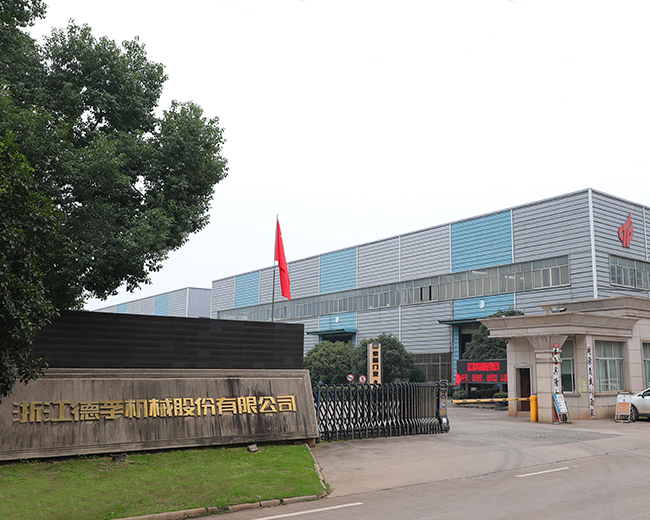Product Introduction
The Open Door Frame Hydraulic Embossing Press Machine is a type of hydraulic press designed for embossing and forming operations, particularly useful in industries such as automotive, aerospace, and metalworking. This machine is characterized by its open door frame design, which provides a larger working area and easier access to the workpiece, facilitating the loading and unloading process.
Here are some key features and advantages of the Open Door Frame Hydraulic Embossing Press Machine:
Open Door Frame Design
The open door frame design offers a spacious working area, which is beneficial for handling large or complex workpieces. It also allows for better visibility and accessibility, making it easier for operators to perform their tasks.
Hydraulic Power
Hydraulic systems provide a consistent and powerful force, which is essential for embossing and forming operations. The hydraulic press can generate high tonnage with precision, ensuring the quality and consistency of the embossed parts.
Precision Control
Modern hydraulic embossing presses often come with advanced control systems that allow for precise control of the press force, speed, and stroke. This ensures accurate and repeatable results, even for complex forming operations.
Versatility
The Open Door Frame Hydraulic Embossing Press Machine is versatile and can be used for a wide range of applications, including deep drawing, bending, flanging, and coining. It can handle various materials such as aluminum, steel, stainless steel, and non-ferrous metals.
Safety Features
Safety is a critical aspect of any industrial machinery, and the hydraulic embossing press is equipped with multiple safety features. These may include emergency stop buttons, safety guards, and interlocking systems to prevent accidents during operation.
Energy Efficiency
Hydraulic presses are generally more energy-efficient compared to mechanical presses, as they can generate high forces with relatively low energy consumption. This not only reduces operational costs but also aligns with environmental sustainability goals.
Customizability
Many manufacturers offer customization options for the Open Door Frame Hydraulic Embossing Press Machine, allowing it to be tailored to specific production needs. This can include adjustments to the press force, stroke length, and work area dimensions.
Maintenance and Support
Quality manufacturers provide comprehensive maintenance and support services, ensuring the longevity and reliability of the hydraulic embossing press. Regular maintenance and prompt technical support help reduce downtime and maintain good performance.
The Open Door Frame Hydraulic Embossing Press Machine produces products through a series of steps that utilize hydraulic pressure to create an embossed design on the material. Here's a general outline of the process:
1.Material Preparation: The material to be embossed, such as metal, plastic, or paper, is prepared and cut to the required size and shape.
2. Die Alignment: The embossing dies, which are the tools with the inverse of the desired design, are securely mounted in the press. The upper die is attached to the press's ram, while the lower die is fixed in the press bed.
3. Material Positioning: The material is carefully positioned on the lower die, ensuring it is correctly aligned with the die's shape.
4. Press Closure: The operator closes the press, which brings the upper die into contact with the material. The open door frame design allows for easy access and visibility during this step.
5. Application of Hydraulic Pressure: The hydraulic system of the press is activated, which generates the necessary pressure to force the material into the shape of the lower die. The upper die moves down and applies the pressure, causing the material to conform to the die's shape, creating the embossed design.
6. Dwell Time: Depending on the material and the complexity of the embossing, the press may hold the pressure for a certain period to ensure the design is fully formed.
7. Press Opening and Ejection: After the embossing process is complete, the press opens, and the now-embossed material is either manually or automatically ejected from the press.
8. Quality Inspection: The embossed product is inspected for quality, ensuring the design is accurate and meets the required specifications.
9.Post-Processing: Depending on the application, the embossed product may undergo further processing, such as trimming, painting, or assembly with other components.


 EN
EN















